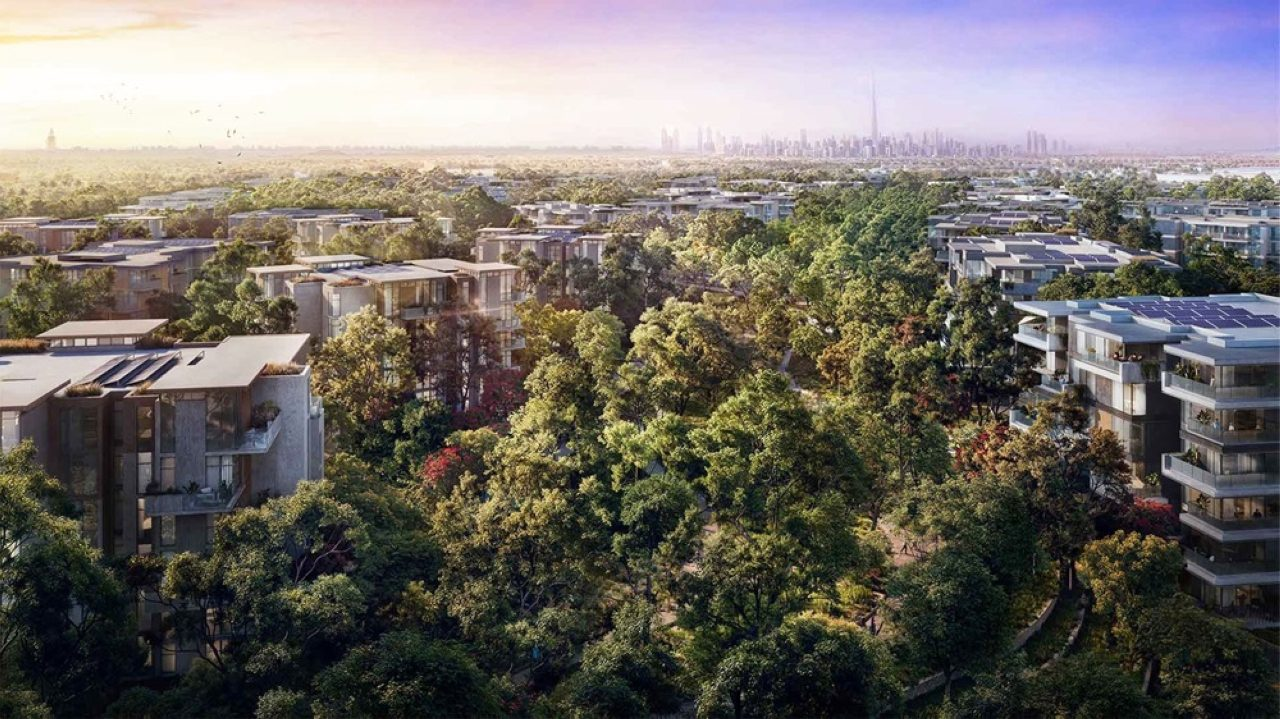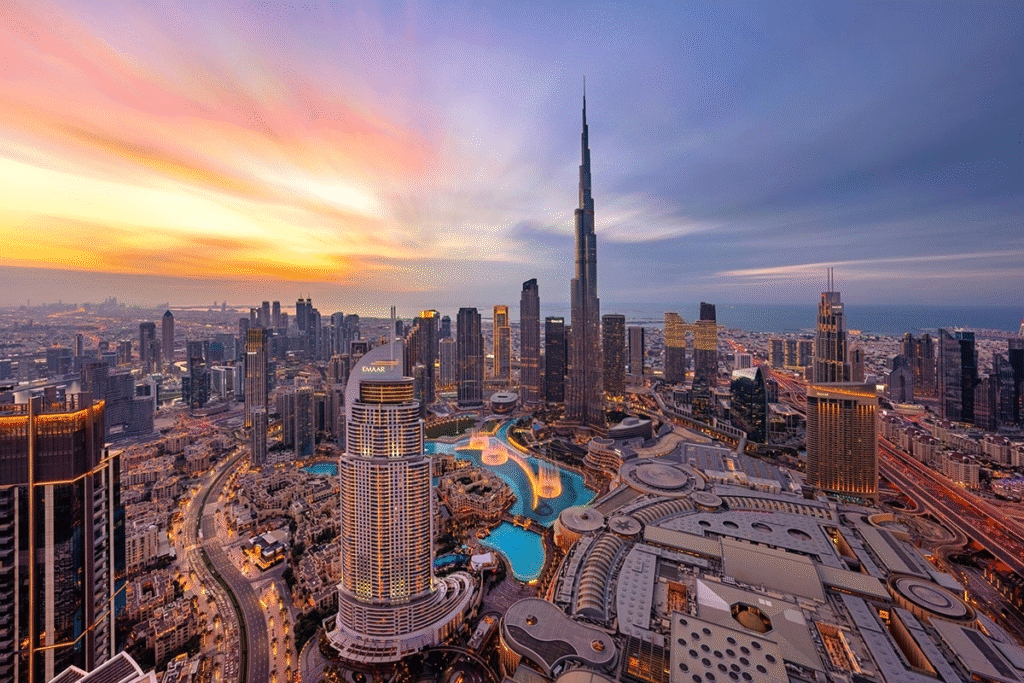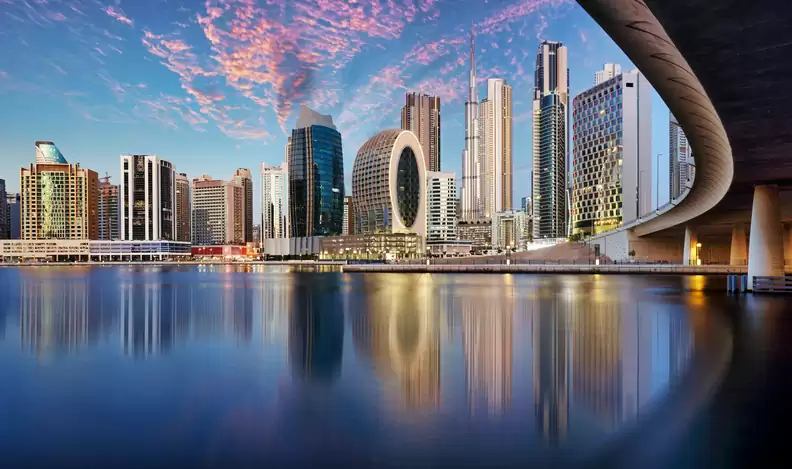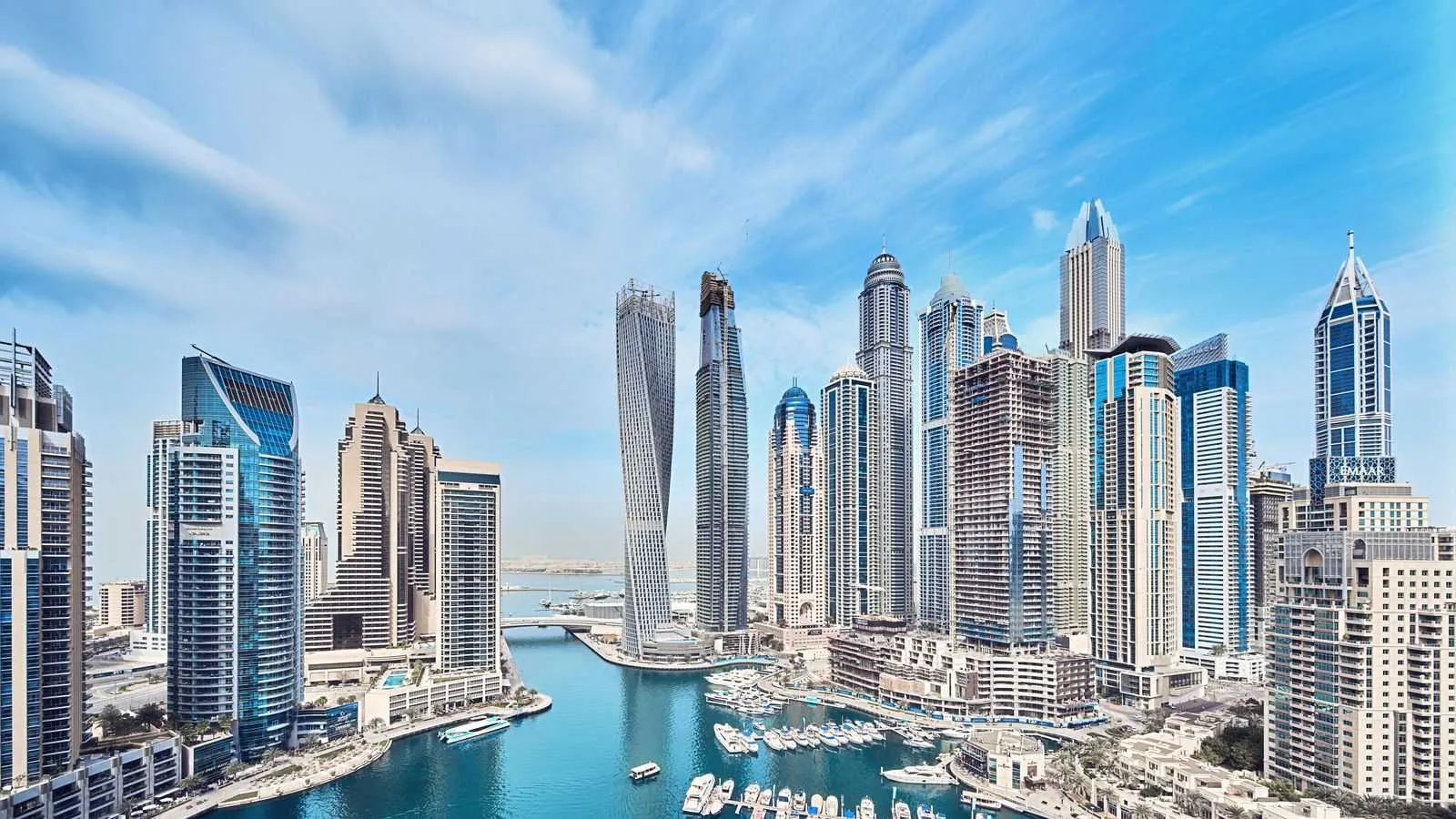Now Reading: UAE Hills Transformation: Stunning Developments You Need to See 2025
-
01
UAE Hills Transformation: Stunning Developments You Need to See 2025
UAE Hills Transformation: Stunning Developments You Need to See 2025

Table of Contents
The hills and mountainous regions of the United Arab Emirates (UAE) are fast emerging as a prime destination for nature lovers, adventure seekers, and investors. Once known mostly for their natural beauty and rugged terrain, these areas are now seeing a transformation with new infrastructure, eco-friendly tourism projects, and government-led development plans. From Hatta in Dubai to Jebel Jais in Ras Al Khaimah, the UAE’s hills are becoming an important part of the country’s future vision.
This article brings a detailed update on the latest developments in the UAE’s hill regions and what it means for tourism, sustainability, and the local economy.
Hatta: A Rising Eco-Tourism Star

Dubai’s Hatta region, located in the Hajar Mountains, has become a shining example of sustainable development. As part of the Dubai 2040 Urban Master Plan, Hatta is being developed as a leading eco-tourism destination.
In recent months, major updates have been announced, including:
- Hiking and biking trails: Over 50 kilometers of new trails have been added, offering breathtaking views and safe routes for adventurers.
- Hatta Waterfalls: Construction is progressing rapidly on this artificial waterfall, expected to become a major attraction.
- New lodges and glamping: Eco-friendly lodges and luxury tents are being built to support the increasing number of tourists, with minimal impact on nature.
- Solar-powered transport: Plans are in place to introduce electric shuttle buses and bicycles to reduce emissions in the region.
According to Dubai Municipality, Hatta recorded a 38% increase in visitor numbers in the past year alone, and the trend is expected to grow further with the completion of ongoing projects.
Jebel Jais: The Peak of Adventure
Jebel Jais, the highest mountain in the UAE, continues to dominate the headlines with new developments aimed at boosting adventure tourism. Located in Ras Al Khaimah, the mountain already attracts thousands of visitors every month with its record-breaking zipline and sky tour.
Recent updates include:
- Jais Sledder: The region’s newest thrill ride, a mountain coaster that runs for 1,840 meters, opened to the public and is already a major hit.
- Jebel Jais Hiking Trails Expansion: Several new routes have been added for beginners and advanced hikers alike, including more signage and safety features.
- New hospitality projects: The Ras Al Khaimah Tourism Development Authority (RAKTDA) has signed agreements with global hotel brands to open resorts at elevated locations.
- Climate-controlled tents: Special luxury tents have been introduced, offering panoramic views of the mountains and cooler temperatures year-round.
RAKTDA reported that tourism to Jebel Jais contributed over AED 500 million to the local economy in the past 12 months, making it a major growth driver for the emirate.
Fujairah and Khor Fakkan: Nature Meets Culture
Eastern UAE, particularly the emirate of Fujairah and the coastal town of Khor Fakkan, is also seeing renewed interest from tourists and investors. Known for its scenic mountains, beaches, and archaeological sites, the region is now adding modern infrastructure to support sustainable growth.
Key updates from the region include:
- Mountain lodges: Fujairah Tourism and Antiquities Authority (FTAA) has launched projects to build small eco-lodges in mountain valleys, focused on traditional Emirati design.
- Road network upgrades: The UAE Ministry of Energy and Infrastructure recently completed new roads connecting the mountains to coastal cities, improving access for residents and tourists.
- Historical site restoration: Several ancient forts and watchtowers in the mountains are being restored and promoted as heritage tourism spots.
Khor Fakkan has seen a 25% increase in domestic tourism, especially during weekends, thanks to improved connectivity and marketing campaigns targeting UAE residents.
Focus on Sustainability and Local Communities
Across all UAE hill regions, authorities are maintaining a strong focus on sustainability and inclusion of local communities. This is in line with the UAE’s broader goals for climate action and green development.
- Water conservation: Rainwater harvesting systems and water recycling facilities are being integrated into new hotels and public areas in the hills.
- Job creation: Local residents are being trained and hired for jobs in tourism, guiding, hospitality, and transport.
- Nature protection zones: Several new protected areas are being created to conserve rare plants and wildlife in the hills.
This approach has been widely praised by environmental experts, who see the UAE’s hill development model as a blueprint for balancing growth with nature preservation.
Investment Opportunities and Real Estate Growth
The transformation of the UAE’s mountainous regions has also caught the eye of investors and property developers. In Hatta, Ras Al Khaimah, and Fujairah, real estate prices near tourist zones have surged over the past year.
Developers are launching:
- Eco-villas and mountain homes
- Boutique resorts with wellness centers
- Adventure tourism hubs with retail and dining
Real estate experts say that these regions offer high return potential, especially as demand for nature-based travel increases post-pandemic.
Government Plans and Vision for the Future

The UAE leadership continues to prioritize the development of the hill regions as part of their broader strategy to diversify the economy beyond oil. The goal is to position the country as a year-round tourism destination that offers more than just desert and city experiences.
According to recent announcements:
- Dubai aims to make Hatta a “global mountain tourism destination” by 2040.
- Ras Al Khaimah plans to develop more than 20 mountain-based attractions by 2030.
- National authorities are investing in drone surveillance and emergency rescue systems to ensure safety in rugged areas.
With such strategic vision, it’s clear that the hills of the UAE are becoming a symbol of innovation, sustainability, and opportunity.
Final Thoughts
The hills of the UAE, once quiet and untouched, are now alive with activity, investment, and potential. From eco-tourism projects and thrilling adventure rides to green infrastructure and community involvement, these regions represent the future of tourism and sustainability in the Gulf.
As development continues in a responsible and visionary way, the UAE’s hills are no longer just a scenic backdrop they are becoming a central part of the nation’s cultural, economic, and environmental story.
Read More:- Shobha Realty Launches Its Most Luxurious Project Yet—Full Details Inside 2025






















